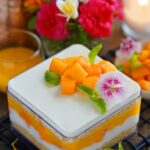[ad_1]
Palm Sunday celebrates the laying of palm leaves in front of Jesus’ path, as he rode into Jerusalem on a donkey, from the Mount of Olives. In Ancient Rome, a palm frond, and even the tree itself, is one of the most common representations of victory. Victory signals an end to a conflict, therefore, the palm developed into a symbol of peace. The donkey is also a symbol of peace, whereas the horse is a symbol of war.
In the Gospel of John he declares,
“See, your king comes to you, righteous and victorious, lowly and riding on a donkey…
they took palm branches and went out to meet Him.”
The palm has been a significant symbol since the beginning of civilization. It was considered sacred in Mesopotamian religions and represented immortality in ancient Egypt. A palm branch was awarded to victorious athletes in ancient Greece and in Judaism, a closed frond of the date palm is part of the festival of Sukkot. Muhammad leaned against a palm while speaking, built his home out of palm and raised the first mosque as a roof place on palm trees. In western Christian art, a picture of a palm on a tomb meant that a martyr was buried there.
B.K.S. Iyengar, often referred to as “the father of modern yoga” has been credited with popularizing yoga, first in India and then around the world. He relates Pantajali's 8 Limbed Path to the parts of a tree in his book, Tree of Yoga. Iyengar discusses how the tree of self needs to be taken care of.
Roots of Universal Morality
Our roots of our whole being are the foundation. Just as a palm tree extends its roots in many directions to support the entire tree, these roots are Pantajali's Yamas and our guidelines for universal morality to becoming a unified part of humanity. The yamas consist of Ahimsa (kindness, thoughtfulness, non-violence), Satya (Truthfulness), Asetya (non-stealing), Aparigraha (generosity, not-hoarding or jealousy), and Brahmacharyara (intimate/sexual integrity or abstinance). These guidelines are meant for our treatment of other living beings as well as our own body.
Iyengar explains that we must treat each side of our body as equals. When we overstretch or strengthen one side, it does violence to our body and can cause injury. I've noticed lately that my right shoulder has some sharp pains sometimes. I finally figured out that its because I use it for carrying and opening objects much more than my left side. I'm striving to become ambidextrous in this sense to find balance and thoughtful consideration for my body.
Trunk of Personal Observances
Then comes the trunk, along with the principles of Niyama, self-discipline and personal observances. Just as the trunks of many palm trees are shaved and cleaned up to make room for the space around it and new growth. This refers to Saucha, (cleanliness), Santosha (contentment), Tapas (heat, self-dicipline, directing your energy), Svadhaya (self-study), and Ishvarapranidhara (surrender to and celebration of the spiritual). A palm tree cultivates contentment through light. We can surrender to the wind of change in our lives and try to accept every possibility to grow. We can cleanse our bodies by physically washing them, detoxing, and through twists in our physical yoga practice. When we twist from the core, we massage our lower organs and rejuvenate the juices in our spine.
Branches or Fronds as Physical Postures
From the trunk, the branches of asana emerge, physical postures. The Palm Tree does not have distinct branches, but instead, shafts that rise out of the crown shaft at the top of the trunk and form the axis for the large leaves that are sometimes comprised of even more leaflets. We need to stay active in our poses, checking to keep all of our parts aligned, just as the axis shaft of the palm tree has to keep the leaflets connected. We need to take the version or modification of the pose that is working for our body today, being careful not to overdue it and injure ourselves, but also not being lazy, instead, gently experimenting with our limits and finding the place between tension and ease as we strengthen, balance, and stretch our body to prepare for deeper meditation.
Leaves as Breathing Exercises
The leaves grow from the branches, whose interaction with air supplies energy to the whole tree through Pranayama, breathing techniques. When we inhale, our brain moves forward like a leaf. When we exhale, it goes backward. Pranayama is the bridge between the physical and the spiritual as we notice the leaves dancing in the wind as our body transforms oxygen into hydrogen. We tap into a sense of the present moment when we focus on how shallow or deep, short or long our breaths become.
Bark as Tuning Out the Senses
The bark corresponds to Pratyahara, which is the inward journey of the senses from the skin towards the core of the being. In other words, taste, sound, touch, sight, and smell send their impressions to the mind where they are stored. Then the mind longs for further experiences and bypasses intelligence while it desires more and more or this stimulation. Our bark has the power to rescue us from the delusion of sensory experiences when we take a vacation from our minds we can tune inward to find stillness, gratitude and quiet.
Sap as Concentration
The sap of the tree carries the attention to the core of our being, dharana is concentration inward. It is the juice which flows within the branches and the trunk of the tree towards the root. When you are fully concentrated in a pose or on an object and your breath is consciously moving throughout your body, there is no room for distracting thoughts to arise.
Flower and Meditation
When the tree is healthy, then the flowers blossom out of it. Thus dhyana, meditation is the flower. This contemplation results from listening to the nerves and sensations in your body and making adjustments to find equal balance everywhere, oneness.
Fruit (Coconut) as Peace
When the flower is transformed into fruit (coconuts), this is known as samadhi, meaning freedom, peace, and unity. We can only produce this fruit through practice and experience. Sometimes we find samadhi in the final resting pose of a yoga class, Svasana. The seed of our soul, consciousness, is hidden in our fruit and we can find it when we are totally absorbed, in the moment.
Sunset Sunday at 6:30pm

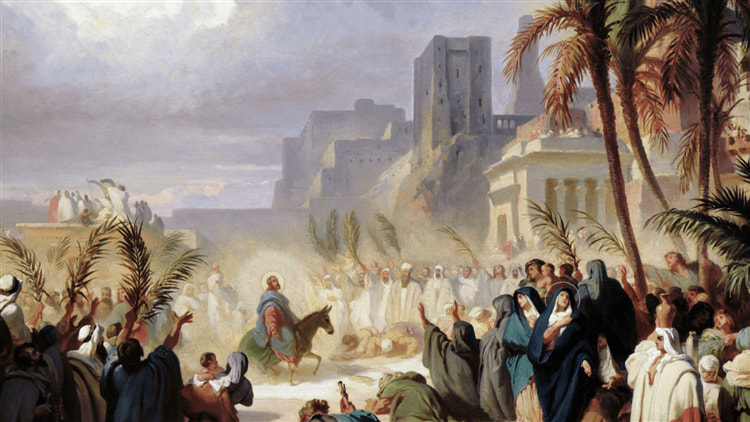

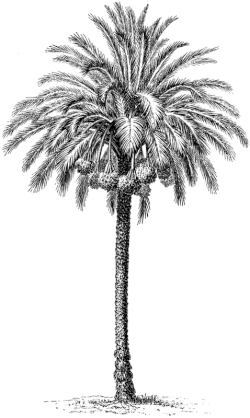
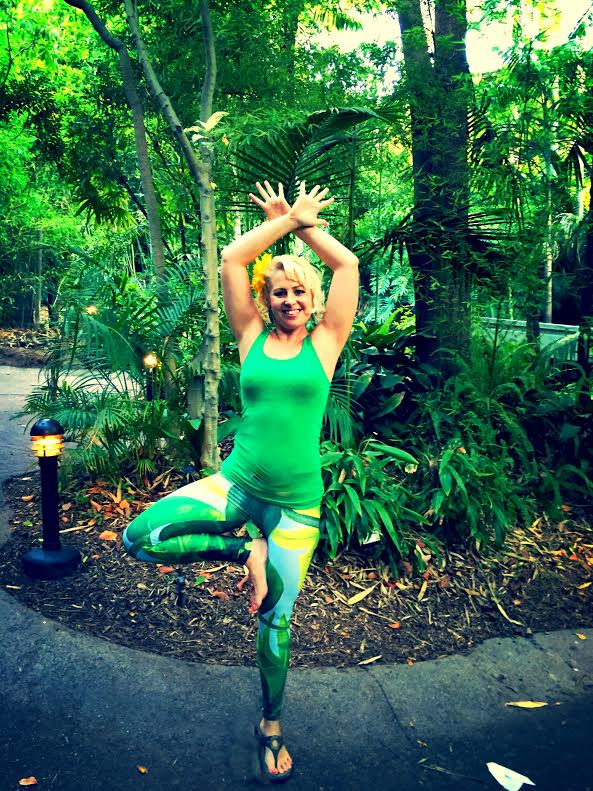
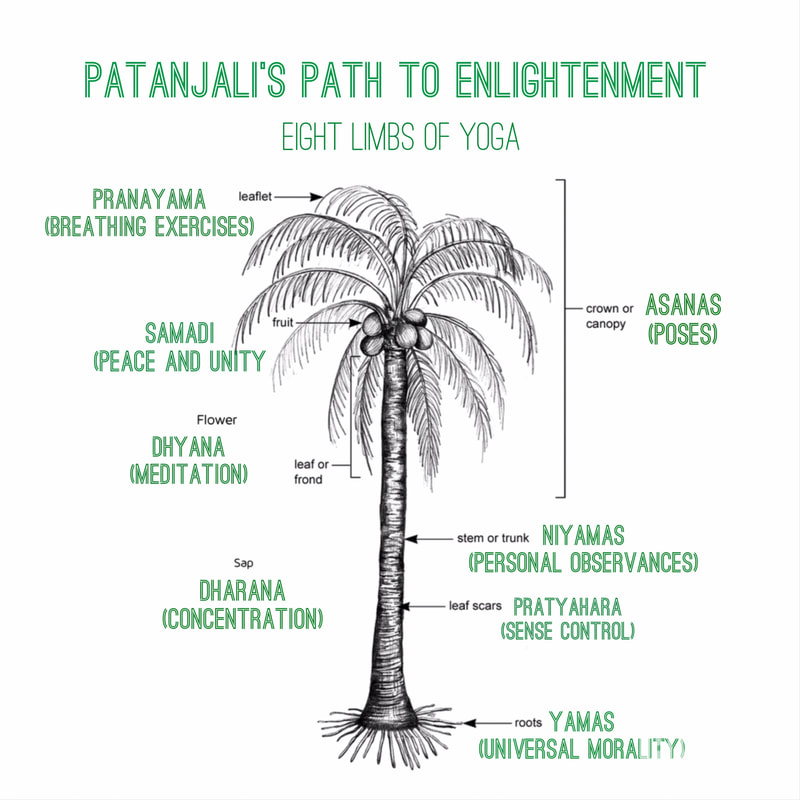
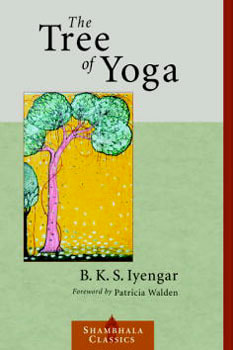
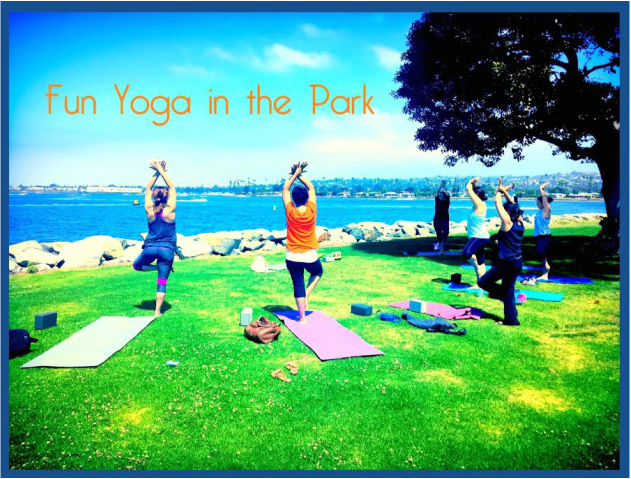












![[keyword]](https://librareview.com/wp-content/uploads/2024/02/education-5517017_960_720-150x150.jpg)


